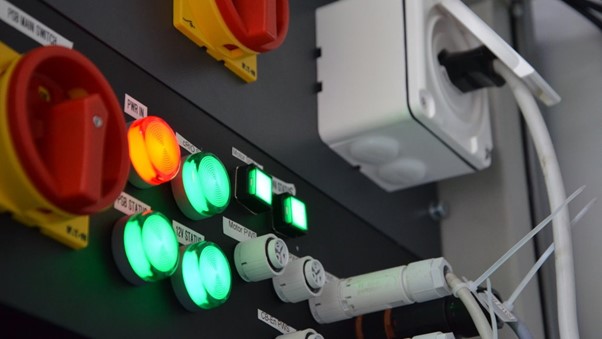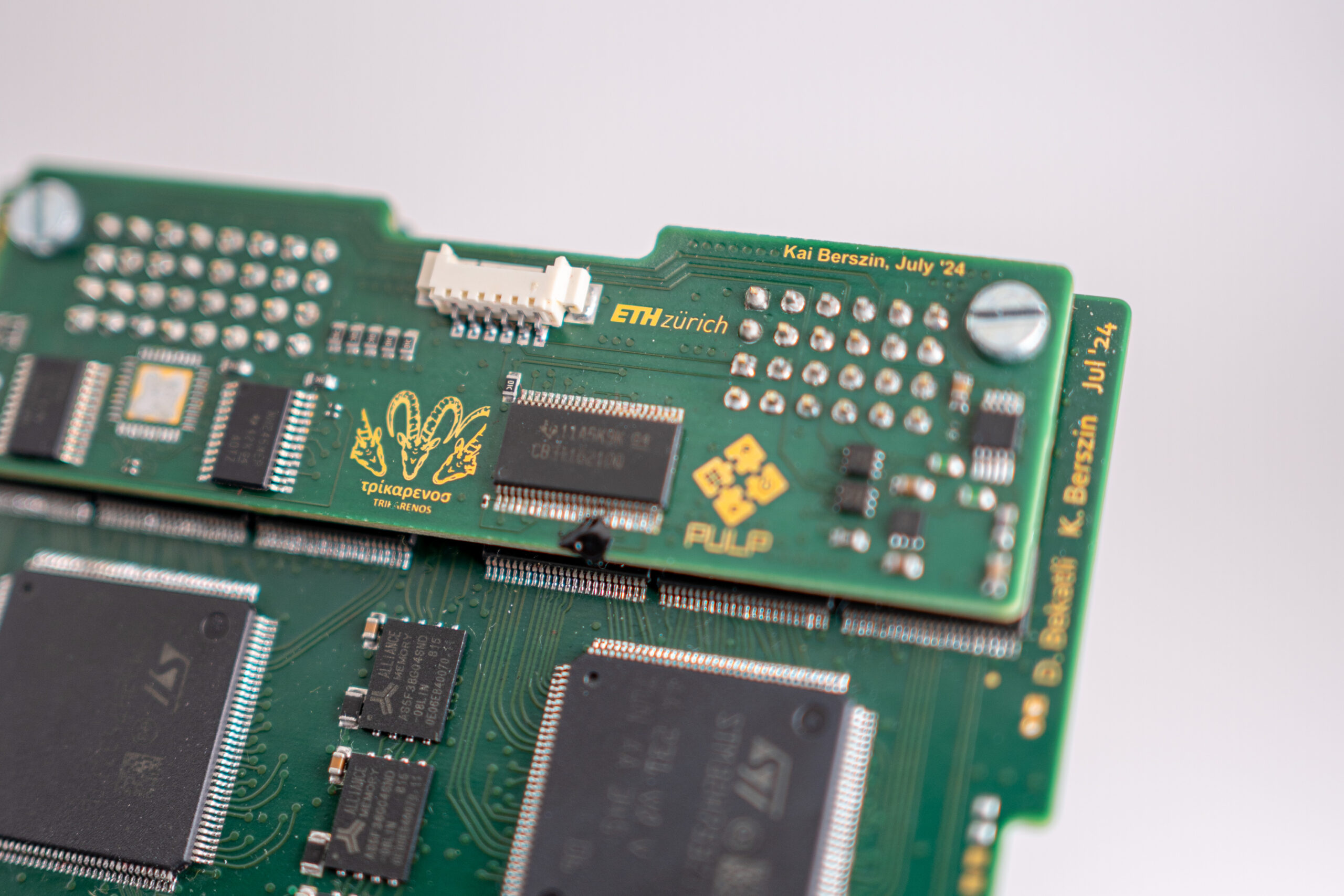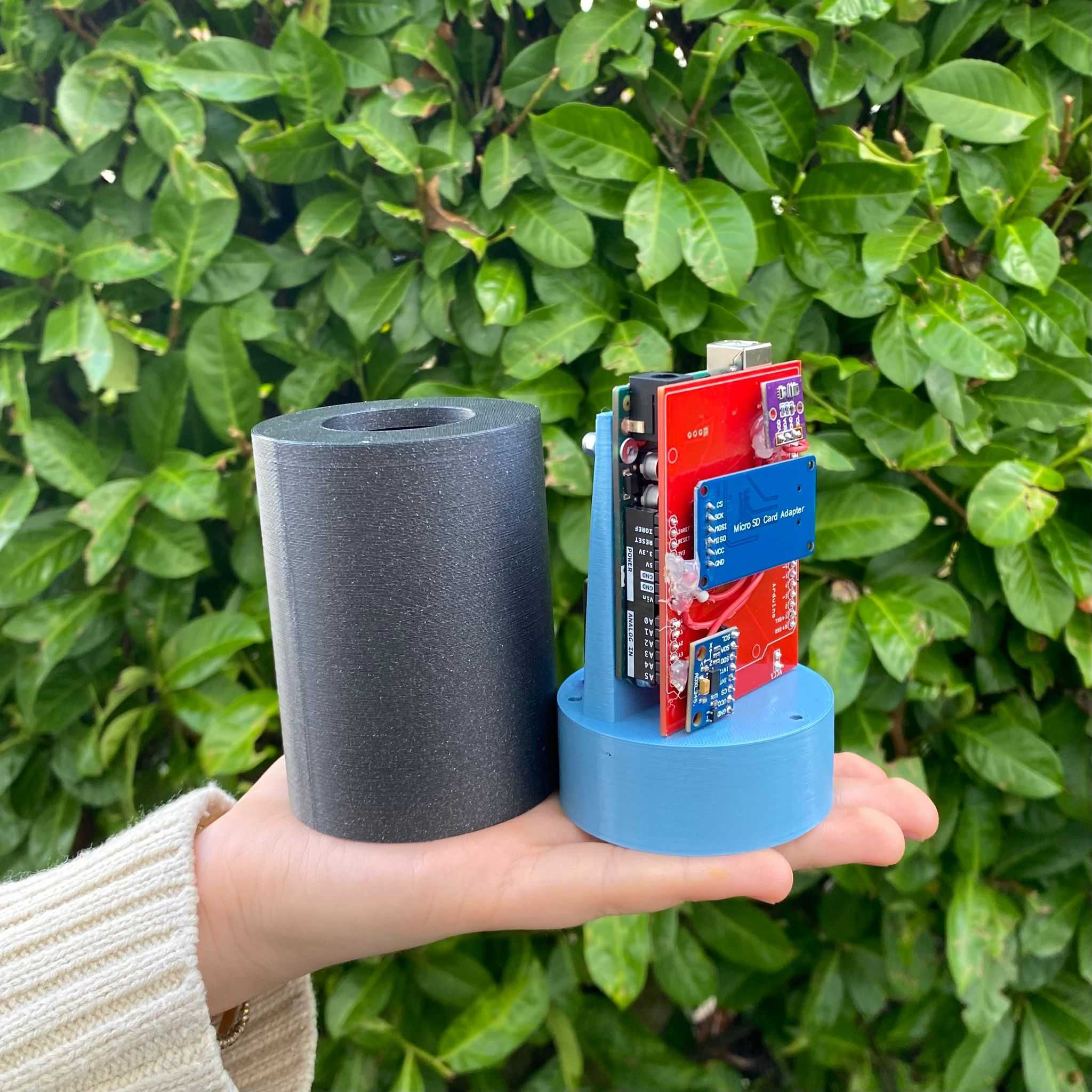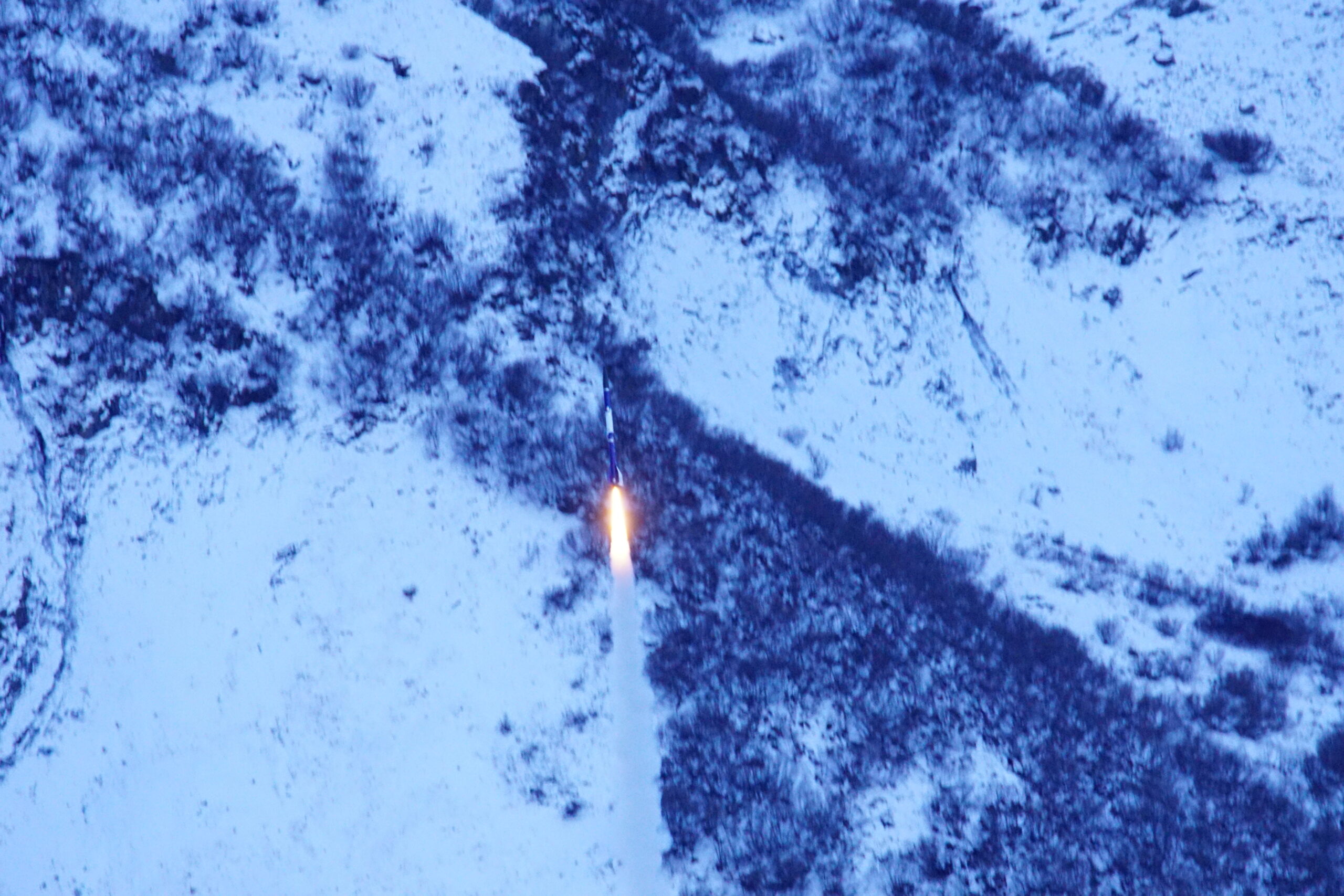Project Details
Test Engine
…where most of our tests will be perfomed on. NASA nailed it by calling one of their water-cooled test engines a workhorse since this is exactly what we need to conduct our firing campaign on. So far we have scheduled roughly 100 seconds of hot firing time with the goal of fully characterizing our system and investigating its throttling behaviour.
Our rocket engine is supposed to run on ethanol and liquid oxygen with an oxidizer-to-fuel ratio of 1,7. This results in a flame temperature of almost 3000°C. Barely any material can handle such high temperatures, thus we need a way to get rid of that heat. We approach this problem by integrating cooling channels with optimized geometry into the thrust chamber walls and using a thermally conductive material to enable high heat transfers. This is where additive manufacturing comes into play since it allows for complex interior geometries whilst keeping the desired material properties.
Vortex Injection System
…an experimental injection system, which has the possibility to decrease the cooling needed for the engine by up to 30% and still deliver good propellant mixing characteristics. Most engines waste some performance to lessen the heat flux, which has to be absorbed. With the new injection design these losses can be minimized or even eliminated, which would result in better overall performance.
Liquid vortex injection is a novel concept in terms of research, our goal is to lay the foundation for future exploration of this technology. Since we want to compare the results of our two approaches, we designed the vortex engine with the same parameters, in terms of thrust and propellants.
The injection angels we need for our designs and the reduction in complexity we gain by using additive manufacturing allows us to tackle such a design in the first place.
Data Acquisition and Control System
What exactly happens inside a rocket engine is difficult to predict. Our Data Acquisition and Control Systems provides the necessary data to characterize our system and give us a deeper understanding of the inner workings of our engine. Over 50 different sensors to determine temperatures, pressures, mass flows, and thrust help us to analyze performance, points of potential improvement, and allow for verification of our models. To test our system remotely a control system for ignition, valves, and state transition is implemented, Moreover, it provides basic safety features like threshold checks for an automatic shut-down.
Check out the latest progress reports of PROMETHEUS
ALICE: First ARIS Technology Heading to Space
For the first time, – the Swiss Academic Space [...]
Maturaprojekt: Schülerin baut CanSat für ARIS-Rakete NICOLLIER
Die Zusammenarbeit zwischen der Akademischen Raumfahrt Initiative Schweiz (ARIS) [...]
ARIS Celebrates Successful Dual Launch of NICOLLIER Rocket
Innovation Park Zurich, Dübendorf, Switzerland, 06.12.2024 ARIS, the Swiss [...]

























Social Contact